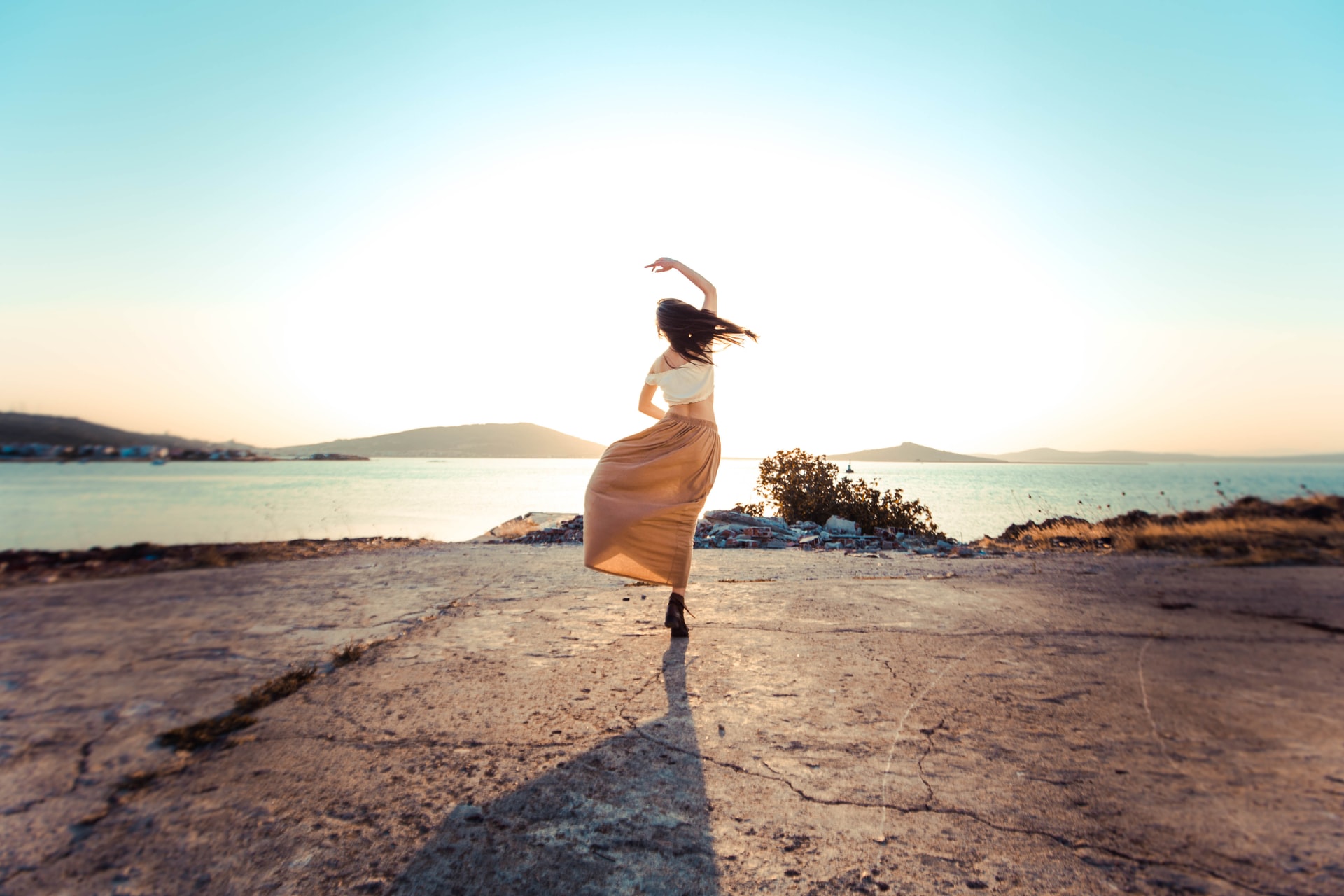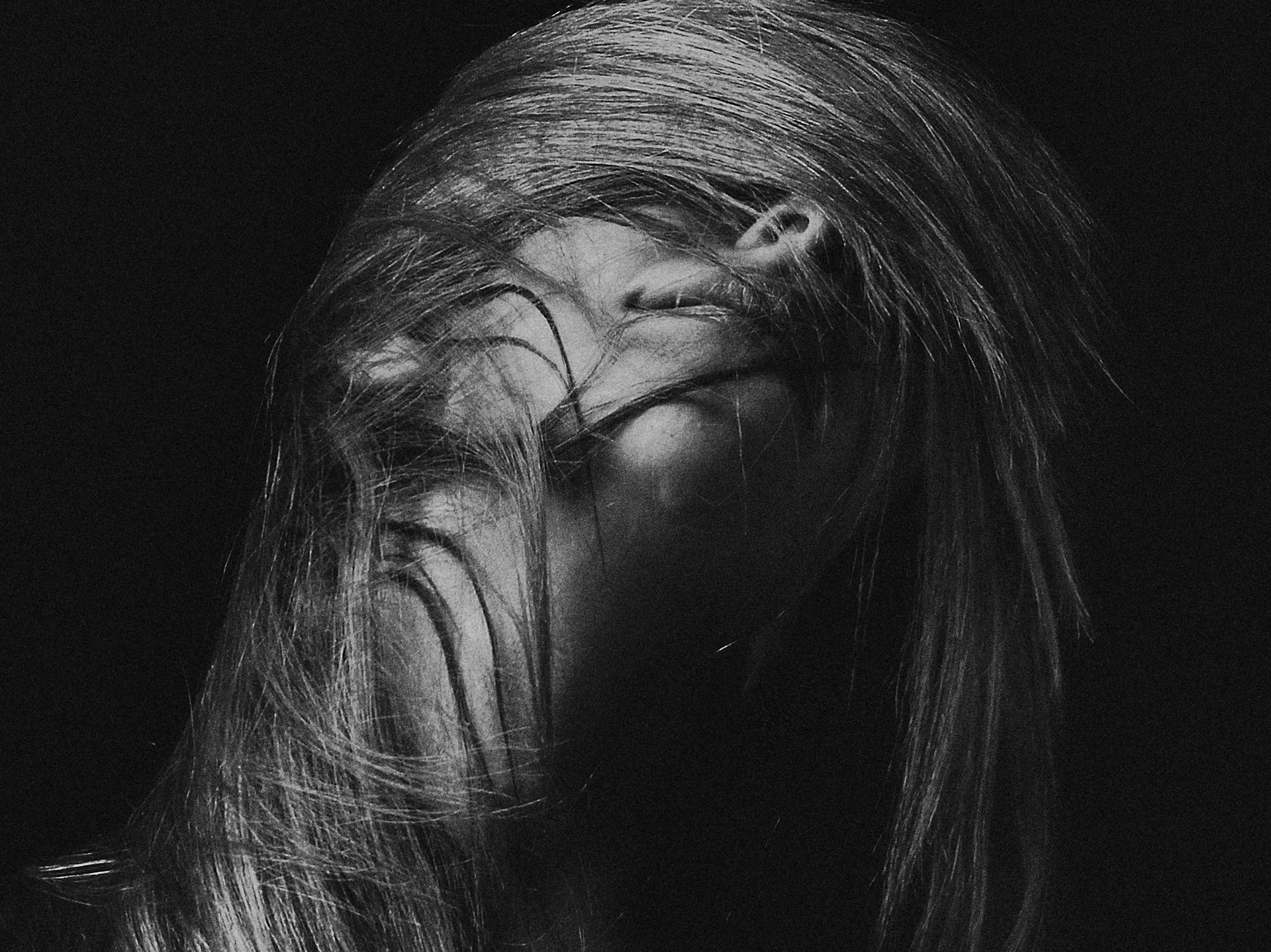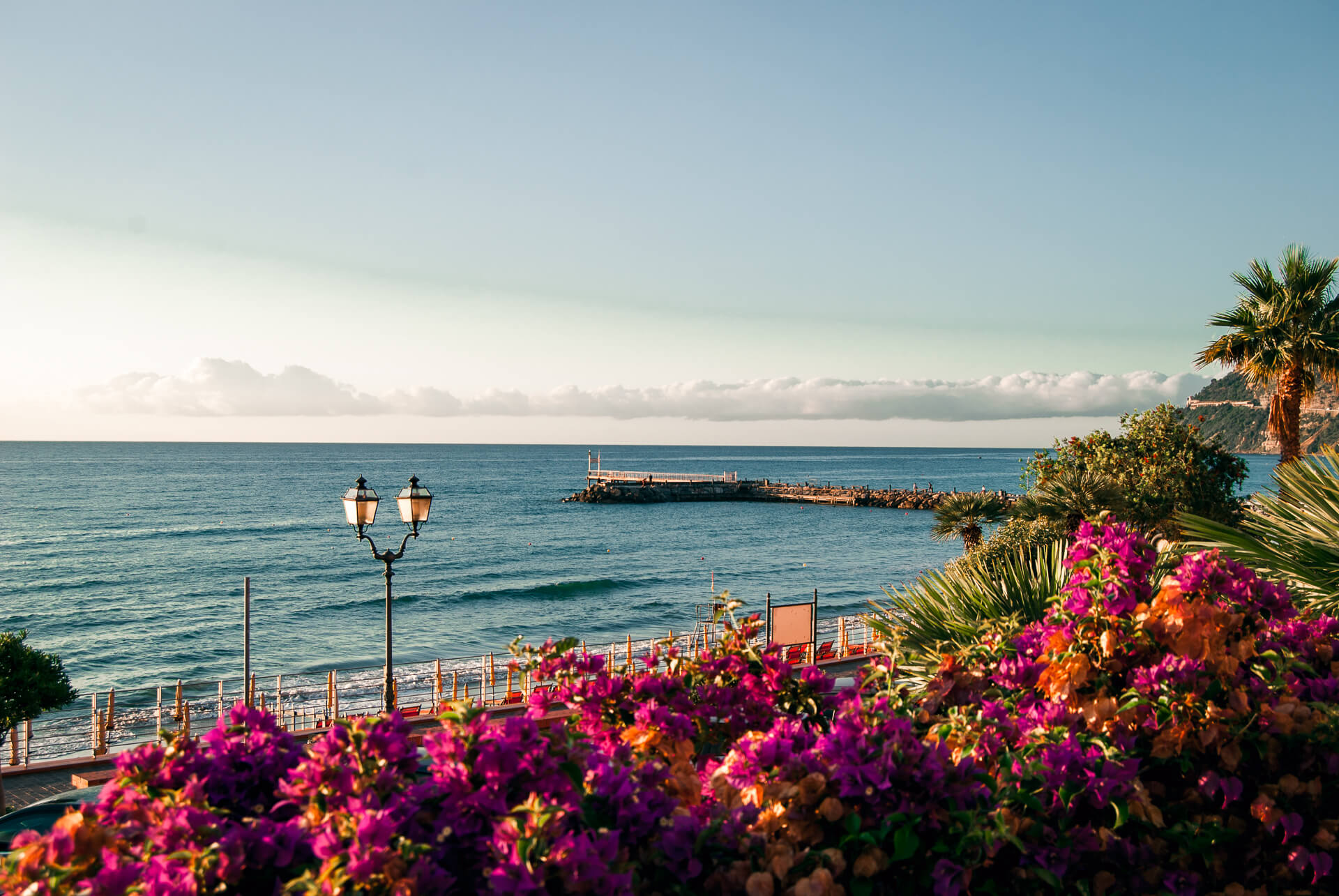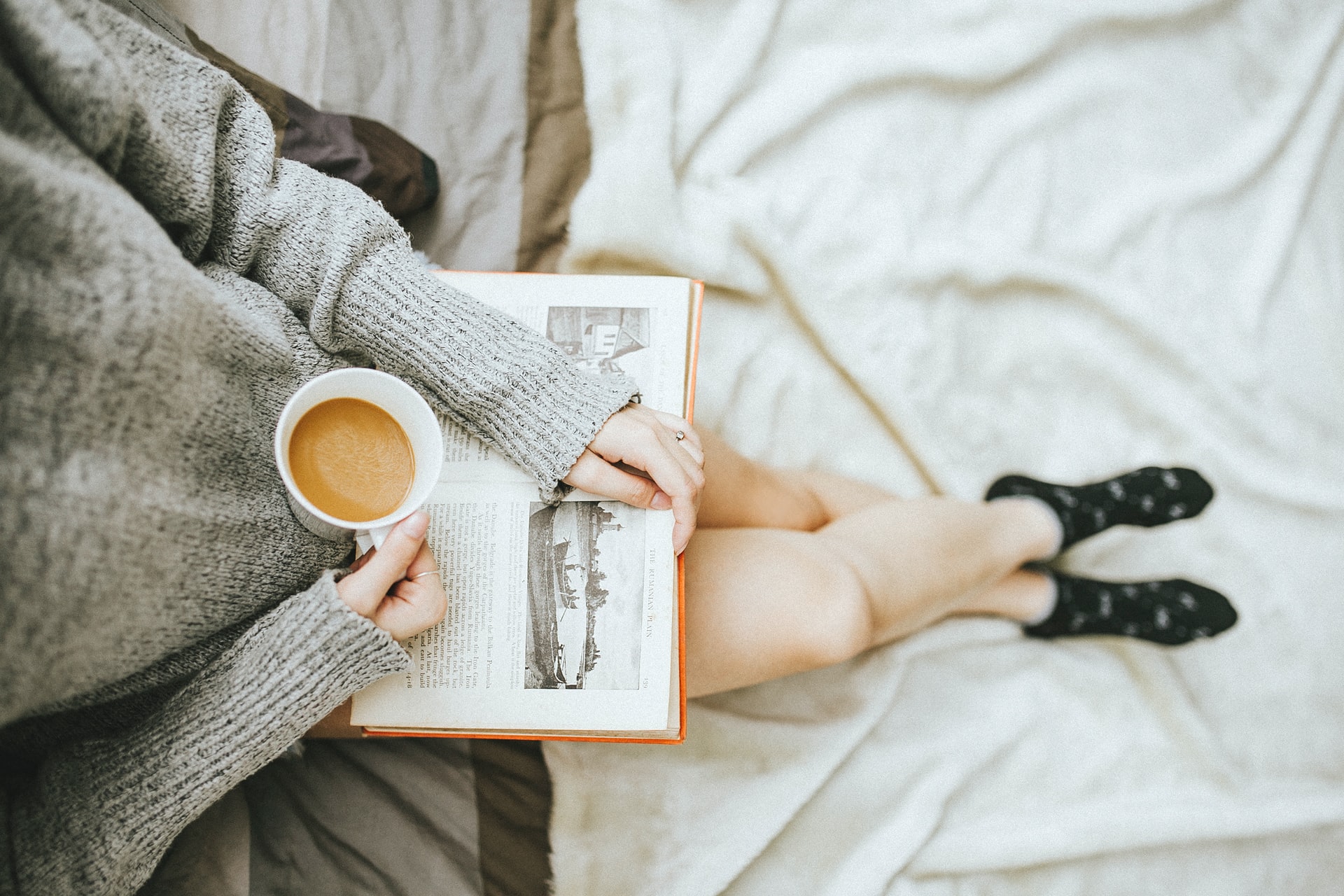If there’s one thing I’ve learned it’s that you don’t need expensive equipment to take great photos, but you can get the same results even if you decide to shoot with the 18-55mm lens. For those who don’t know, this lens is usually the best-selling lens in beginner photography kits. My good old Nikon D3000 was sold with this lens and guess what? All the photos I’ve taken so far have been taken with this kit.
I feel very proud of myself for being able to achieve these results with just one basic lens. You can see some of my photographs in the portfolio or you can immerse yourself in my travel stories.
In this article, I’ll teach you how to enhance a basic photographic lens.
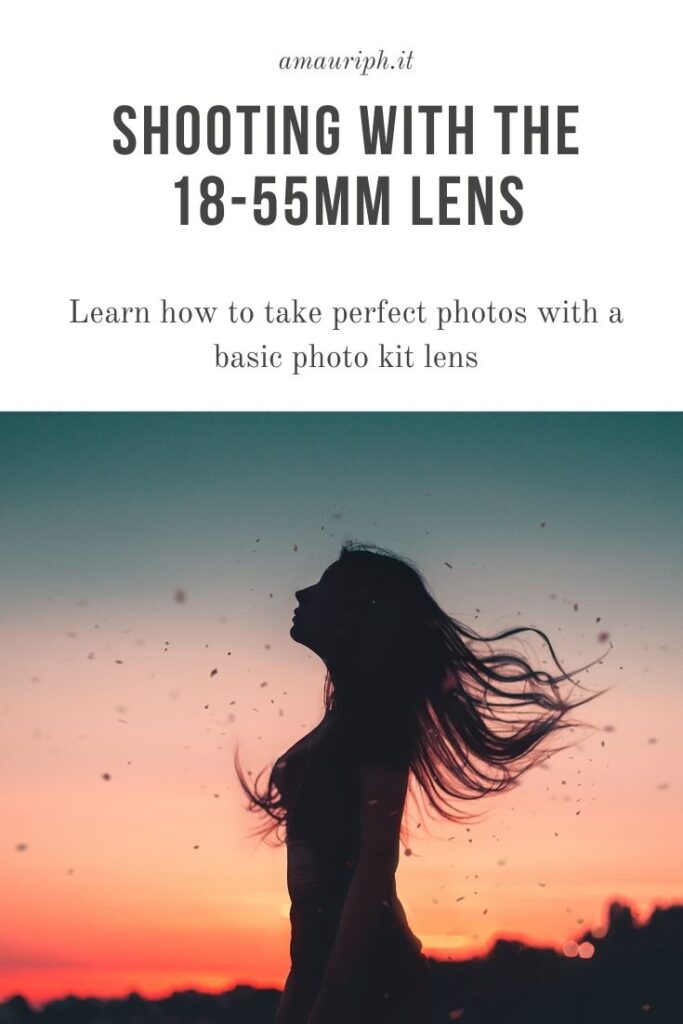
What to photograph with an 18-55mm lens?
You already have the answer to this question: EVERYTHING.
The risk for a beginner photographer is to be overwhelmed by ideas, opinions, and technical rules that you think you have to follow if you want to learn how to photograph.
You may have read somewhere that to do street photography you need to have a lens as wide as 24mm or 27mm and that your equipment needs to be essential so you can get close to your subjects without being too conspicuous.
For portrait photography, you have probably been told about 50mm and 85mm. For landscape photography you absolutely must have a telephoto lens, isn’t it?
I could go on and on with examples, but the point is just one: you don’t need any of this to take a good picture.
Don’t be influenced by industry experts. Those who give you certain tips do not take into consideration the fact that you are a beginner photographer and that before you can dedicate yourself to a single photographic style, you must first learn how to photograph. And believe me, you will not learn to photograph better or faster with a 2000 euro DSLR.
Fortify the basics and don’t worry about the gear
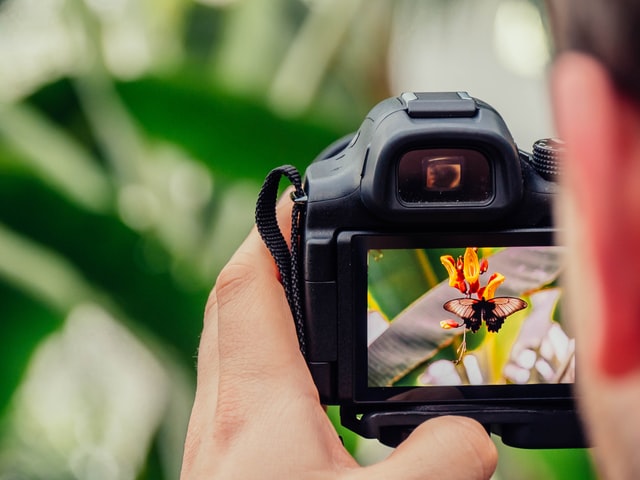
I think it’s quite logical to know how to take a good photo before actually taking it, but it’s often not that obvious. Don’t worry, I am here for this!
What do you need to focus on in the beginning?
- Learn to juggle the 3 cornerstones of photography, which are LIGHT, COMPOSITION, and FOCUS. I have written several articles in which I address these topics in more detail, in case you want to know more. Just knowing how to exploit these three elements guarantees you perfect photos.
- Experiment with apertures. A basic lens like the 18-55mm has a zoom and has been designed to give you a good range of possibilities, from close-ups to landscapes. Play with the apertures and learn which is most suitable for every type of photo.
There’s a reason this lens is sold alongside entry-level camera models: versatility. They are designed to do everything, precisely because you are a beginner and therefore you must learn to use a lens with a more advanced zoom (i.e. not that of the cell phone).
So push the potential of this lens to the limit and you will see that you will no longer notice which lens to use once you start getting carried away. You will no longer be able to do without shooting with an 18-55 lens.
Making the most of the basic photo kit lens
I also like to call it “the battle lens”. It is not bulky, it is light and does its duty. It comes with me everywhere: on mountain trails, by the sea, in the city, and of course in my backyard.
For the first 2-3 years, it helped me improve and push me further. Being a basic lens it can go up to a certain point, but thanks to the photographic technique you can manage to overcome this too and get shots like the ones below.
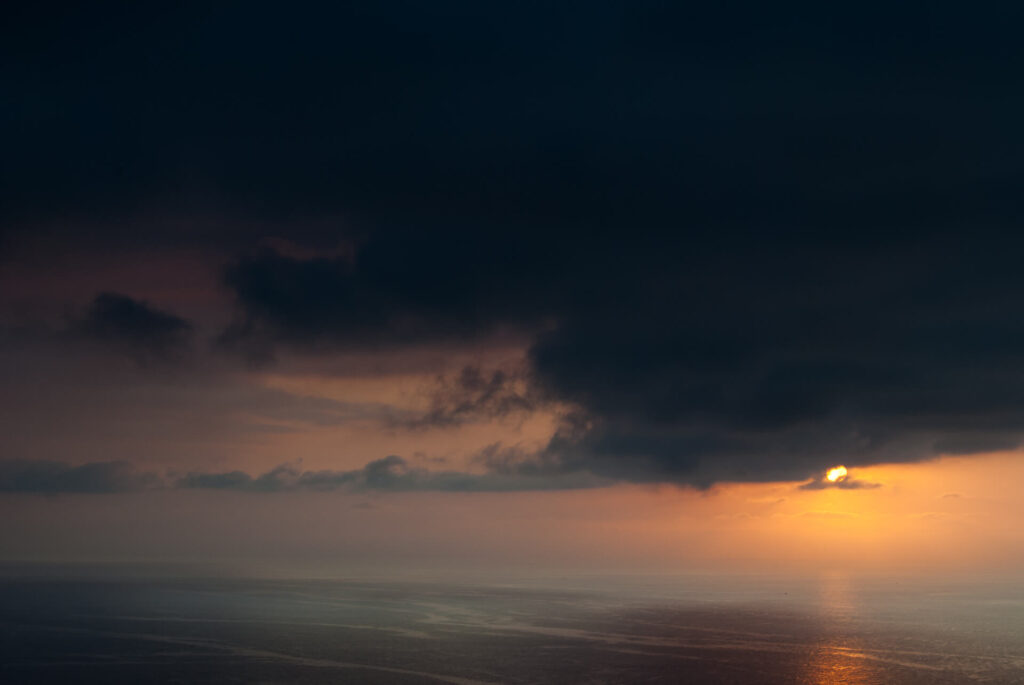
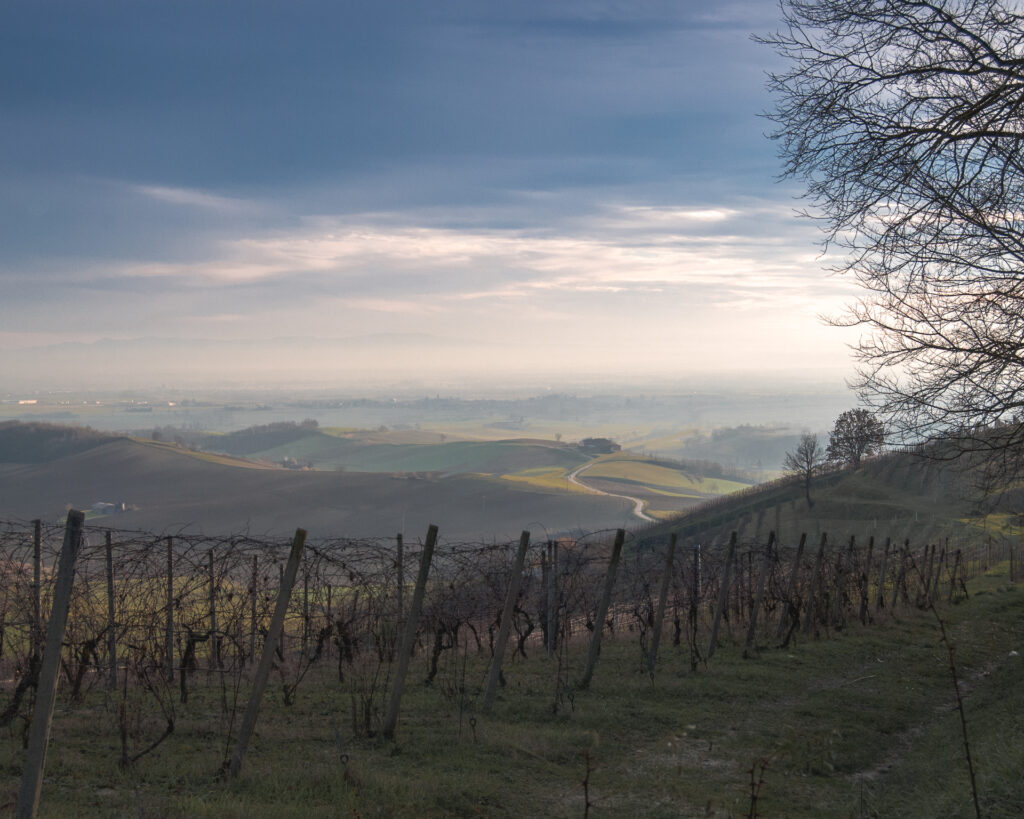
Now I’ve gotten to a point where I’m starting to notice the limitations of this lens a lot. This is the sign that it’s time for me to upgrade.
When you are out with your camera you will have moments when you will be delighted with your performance. And other times you will want to throw something against a wall. Your job is to figure out if your dissatisfactions are due to technical or equipment gaps. I’m sorry to say this but most of the time it will be your fault. Difficult to admit, but it is.
Photography takes practice and time, you can’t expect spectacular results from day to night, so arm yourself with patience and above all don’t get discouraged!
What to do when in doubt?
Here is an impartial piece of advice for those who are struggling and do not understand why: keep asking questions and seeking answers.
One of the reasons I realized that perhaps the time had come for me to upgrade my equipment, was to have the answers to all my questions and the possible reasons why the photo that I had taken did not represent what I wanted to portray.
Questions like: Is the focus correct? Is the composition harmonic? Is the subject visible? Have I tried different apertures and shutter speeds? Have I changed the ISOs?
If you have the answers to all your questions, then it is very likely that it was not a technical error, but rather a physical limitation of your equipment.
I hope I was helpful and that you found the answers you were looking for. See you in the next article!
